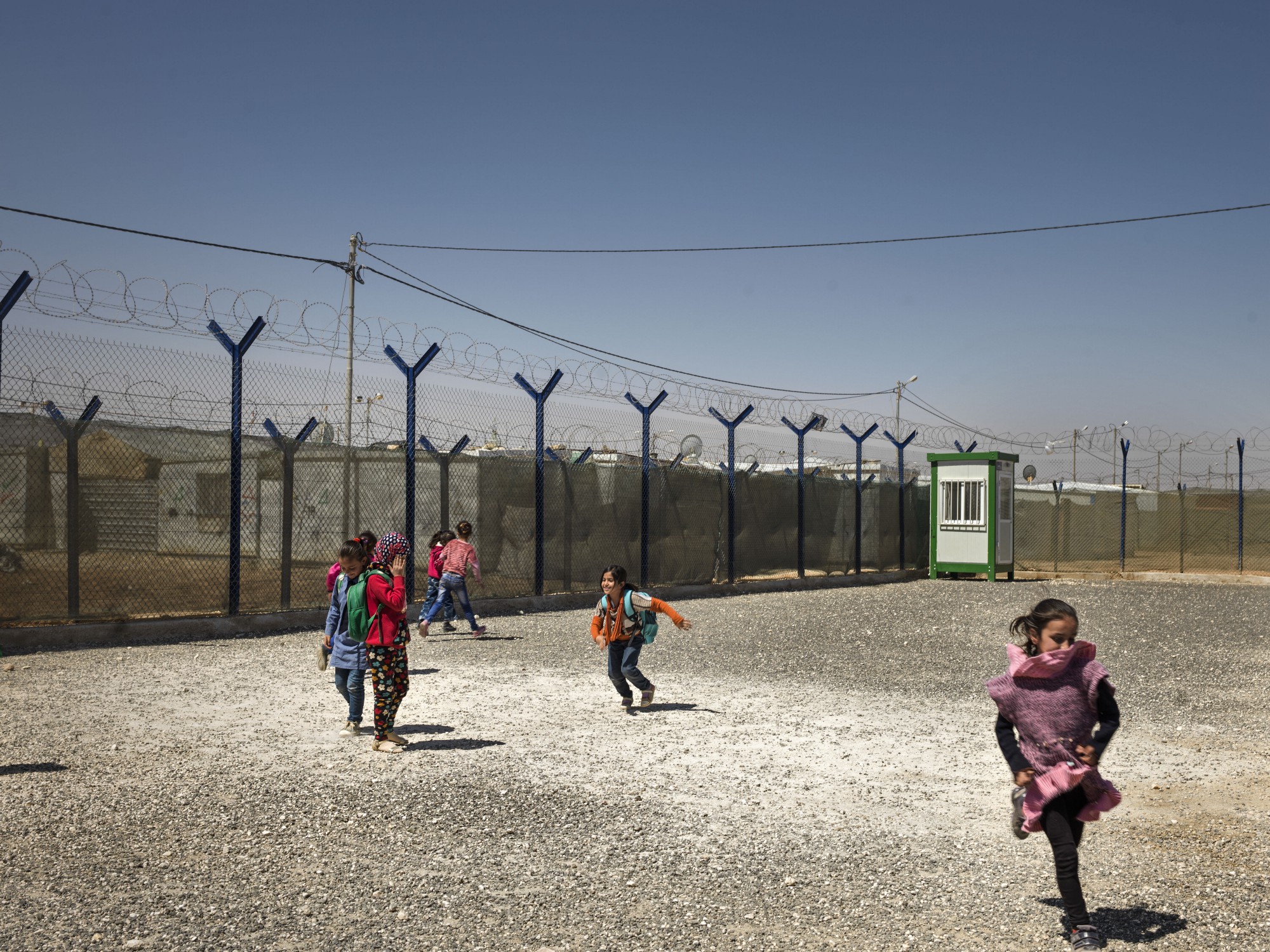Article in BRIGHT, September 27, 2016; Photograph by Newsha Tavakolian/Magnum.
Across the world, more than 260 million children are currently not in school. And for those who are lucky enough to go to school, the unfortunate reality is that many of them are not actually learning. Instead, they end up receiving an education that doesn’t prepare them with the skills they need to succeed in life.
If things don’t drastically change, by 2030 over three-quarters of a billion young people in low- and middle-income countries will not be on track to gain secondary-level skills. More than 1.5 billion adults will have no education beyond primary school.
We are facing a global learning crisis. Without major international action to increase investment in education, we are at risk of failing a generation of young people.
Over the past year, I’ve been extremely fortunate to be part of a committed group of leaders who have come together to form the International Commission on Financing Global Education Opportunity. Together, we have been focused on finding solutions to the global learning crisis and increasing the financing needed to make these solutions possible.
We are now advocating for the largest expansion of educational opportunity in history. To achieve this, here are of the Commission’s three key recommendations.
First, developing country governments need to prioritize education and increase domestic funding for it. Expanding access to quality schools and learning opportunities must become a top issue for political leaders at all levels, from president and prime minister to finance minister, to governors and mayors. This can’t just be lip service. Reforming education and improving learning outcomes will not happen without significant budget increases to education. To do so, governments should commit to reallocating resources from expensive energy subsidies, for example, and commit instead to improving their tax collection and earmarking resources for education. Domestic public spending is by far the most important source of money for education and will continue to be the driving force in increasing access to quality education.
Second, while domestic spending will need to cover the large majority of the costs of reforming education, international donors must step up their commitments. Without support from the international donor community, it will be impossible to achieve UN Sustainable Development Goal 4: “To ensure inclusive and equitable quality education and promote lifelong learning opportunities for all.” However, over the last decade, international development assistance for global education has stagnated in comparison to other sectors like health.
In cases of crisis and conflict, the aid situation is even worse. At a time when money is needed most, the international donor community invests almost nothing in education in emergencies — less than 2 percent of humanitarian aid. Today, about one million Syrian refugee children are not in school. Most of those who are in school will drop out before starting secondary school. In the space of a single primary-school generation, Syria has suffered what may be the greatest education reversal in history. And yet just 40 percent of the $662 million in urgent education aid sought by UN humanitarian agencies in 2016 has been funded.
Lastly, to truly address the global learning crisis, we can’t just spend more on education. There must also be a parallel track to ensure smarter spending when it comes to education dollars.
We have great research and insights on what works in education, whether it is professionalizing the teaching workforce, providing remedial education to students, or teaching children in their native language. Unfortunately, too little of this knowledge actually makes it into education policy. As a consequence, some of the most proven approaches remain overlooked and underfunded, while money continues to be spent on much less effective interventions.
As we look to address the global learning crisis, we know that increasing investment for education in developing countries will be necessary. No developing country committed to reforming its education system should be prevented from doing so because of a lack of resources. At the same time, there must also be a commitment to ensure that money allocated to education is spent effectively. This means reforming how we spend education dollars and focusing on the proven interventions that help children and young people gain the skills they need to succeed in life.
